Industrial valves have a wide range of parts that work together to control flow. A valve's body, trim, actuators, and ancillary accessories make up its main components. An overview of the main valve components and their purposes is given in this table:
| Valve Part | Description |
| Valve Body | The main pressure boundary of a valve that contains the flow. Usually made of cast or forged metal. |
| Bonnet | The cover that allows access to the valve internals for assembly and maintenance. Bolted, threaded, or welded to the body. |
| Trim | The internal moving components that modulate the flow, such as the disc, ball, plug, or gate. |
| Seat | The stationary surface against which the movable trim seals off flow. Precision machined based on trim type. |
| Stem | The component that connects the actuator to the trim, allowing motion to control flow. |
| Packing | Compressible rings that seal around the valve stem to prevent leakage. Requires periodic replacement. |
| Gasket | Used to seal non-moving parts, like between the bonnet and body. Provides high integrity seal. |
| Actuator | Provides the force to open and close the valve’s internal parts. Can be manual, pneumatic, hydraulic or electric. |
| Positioner | Controls the actuator so the valve moves to the precise flow control position demanded. |
| Limit Switches | Feedback devices to indicate open and closed position for monitoring. |
| Gear Operators | Gears that allow manual handwheels or actuators to produce high valve torques with lower input effort. |
When choosing the materials for the valve body according to the service circumstances, there are several alternatives. Gas, oil, and water services are all appropriate for carbon steel. More caustic substances, such as acids or moist chlorine gas, can be handled by stainless steel. Alloy steel and cast iron are superior materials for very high temperatures. The bodies of cryogenic valves for cold liquids, such as LNG, are made of forged carbon steel or stainless steel. The type of body material has an impact on maintenance needs as well. For instance, carbon steel may require repeated repairs due to its susceptibility to rusting or corrosion over time. Because of their increased resistance to corrosion, stainless steel and alloy steel have longer service lives. To withstand wear in extremely abrasive situations, a hardened valve body is necessary. Not every application calls for the same kind of material. Consider fluid composition, pressure, temperature ranges, and intended valve life while choosing a body material. Getting the right metal for dependable service requires collaborating with a knowledgeable valve supplier.
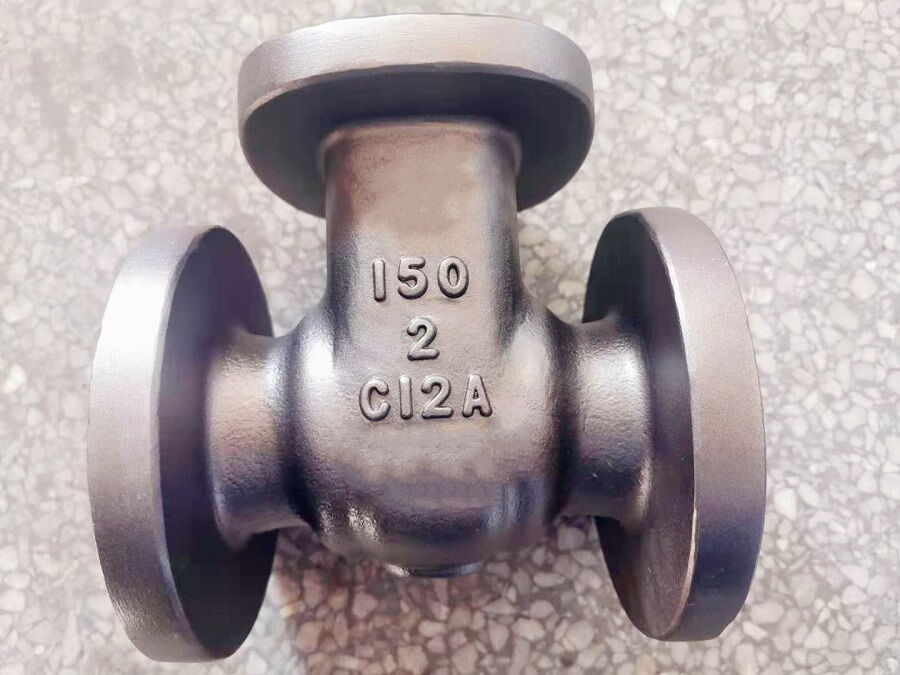
The cover that completes the pressure shell of a valve body on its upstream side is called the valve bonnet. It also offers a way to access and assemble the internal valve components for repair. The screw, bolted, and welded bonnet arrangements are the three primary types. A screw bonnet offers a compact method of construction with threads that mesh with the body. Opening and closing it for regular maintenance and repairs is simple. Bolted bonnets are attached to the body using lengthy bolts that connect to a separate flanged head. This makes it possible to build very big valves in segments. For gate, globe, and check valves over NPS 2, bolted bonnets are typical. The cover of a welded bonnet is fused to the body permanently. A tight seal is produced by not using any bolts or threads. This, however, prevents interior parts from being accessed without cutting. For high temperature and pressure systems where bolts or threads could leak, welded bonnets are the recommended option. Plus, they're less expensive than fastened styles. Take into account the cost, size of the valve, possible leakage hazards, and maintenance requirements when choosing a bonnet type. Temperature changes and system pressure must not affect the bonnet. Easy to assemble and disassemble, leak-proof design is perfect for most uses.
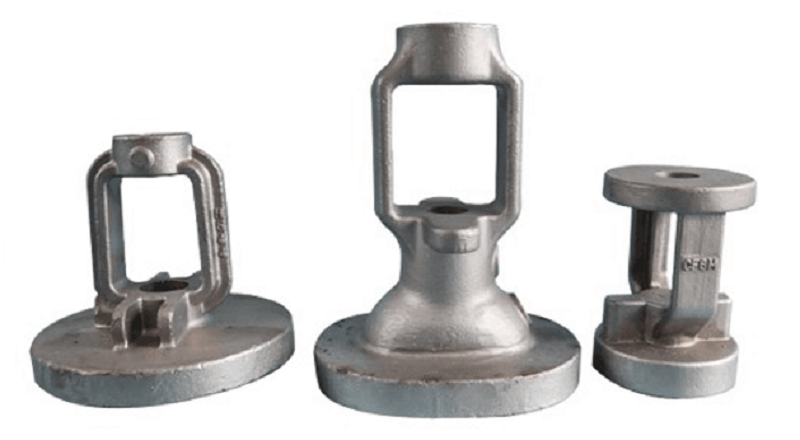
The term "valve trim" describes the internal moving components, such as balls, plugs, discs, and gates, that control flow. The trim's material must be able to withstand the abrasive, temperature, and chemical properties of the process fluid with which it comes into contact. Tungsten carbide, titanium, Inconel high-nickel alloys, Stellite alloys, and 440C stainless steel are examples of hardened trim materials. These resist compounds that are extremely corrosive or erosive. Less damaging fluids work well with softer trim materials like bronze, aluminum, Monel, and 304 stainless steel. The fluid composition has a significant impact on the trim material. For instance, hydrofluoric acid responds better to an alloy with a higher nickel content than to ordinary stainless steel. Trim for cryogenic valves must be able to withstand freezing temperatures without breaking easily. Durable, wear-resistant trim is necessary for slurries that are abrasive. Getting the appropriate trim materials for your unique production conditions requires collaborating with an experienced supplier. Long service life and less erosion damage are guaranteed by this.
Sealing systems are used in valves to stop fluid leaks between the moving parts and stationary body. Gaskets and packing are the two primary sealing techniques. Rings composed of pliable, soft materials such as flexible graphite, PTFE, or graphite are used in valve packing. The rings fit around the valve stem and compress when the bonnet or gland follower tightens. A tight seal is produced by the soft packing's deformation. Over time, packing may leak, thus it needs to be tightened or changed on a regular basis. It permits a little amount of regulated leaking for lubricant. A more durable seal is created between two mating surfaces via gaskets. Common varieties are spiral-wound metal, ring joint, kammprofile, and flat paper or plastic. For gaskets to function leak-proof, more precise machining is needed. Packing manages frequent disassembly better since maintenance can damage gaskets. Packing is not as effective as metal gaskets in controlling fugitive emissions. Packing, however, makes regular adjustment and simple stem movement possible. When selecting packing or gasket seals, take emission restrictions, maintenance requirements, and permissible leakage into account.
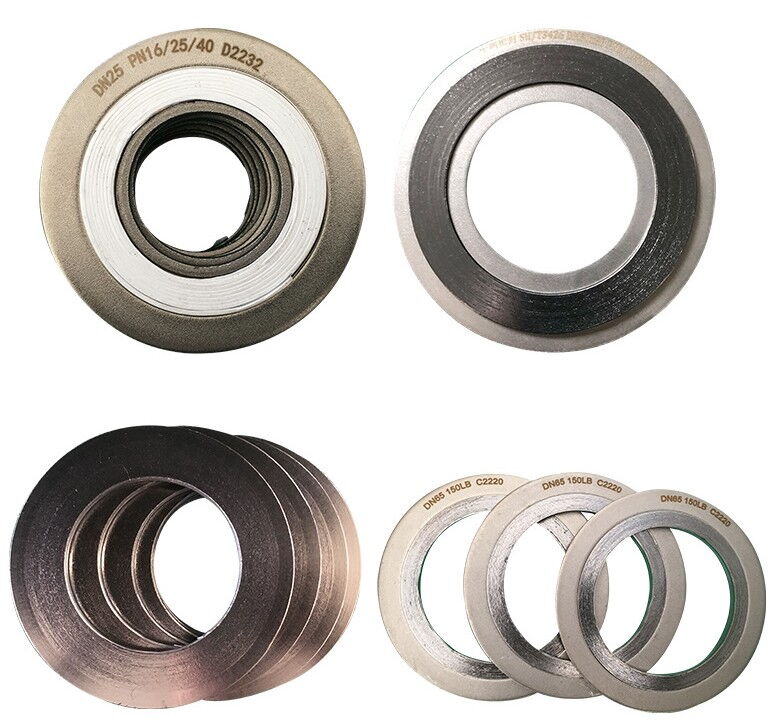
Gate valves regulate flow by means of linear motion gates. The disk for the gate and valve may be solid or flexible. The sides of flexible wedge gates are formed of laminated sheets or metal bellows, with a solid top edge. This makes it possible for the gate to seat such that it matches the bore, sealing the valve seat tightly even on older ones. However, after repeated flexing, bellows may rupture or laminations may separate. One-piece solid wedge gates are rigid and cannot bend. Although they offer a more durable gate, they need to be precisely machined to ensure a leak-proof seal. For regular operation or strong pressure, solid wedges are preferable. Flexible gates work well for low pressure modulating controls that require tight shutdown. Gates need to be able to withstand cutting, scoring, and fluid-induced deformation. Liquids and clean gasses work well with flexible gates. Solid gates are useful for contaminated fluids where a bellows could burst, steam, and gases containing solids. When deciding between solid and flexible gate designs, take into account intended service life, pressure, media properties, and shutdown requirements.
Motion from the actuator is transferred to the flow-controlling component inside the valve by the valve stem. Its design might be non-rising or rising. Stems that don't rise stay upright while the valve functions. Without lifting, the stem is threaded into the ball, stopper, or gate to turn it. Rising stems stay connected to the flow control element but rise and fall in response to valve movement. Stemming upwards denotes the location of the valve and allows positioners to automate control. Separate shaft position indications are necessary for non-rising stems. Globe and gate valves frequently have ascending stems. Non-rising stems work well with ball and plug valves that need to turn. For underground valves or corrosive fluids, non-rising stems are a good choice because rising stems run the risk of breaking or binding. The stem needs to match the torque output of the actuator and line up with it. When choosing between rising and non-rising stem designs, take surroundings, automation needs, and maintenance requirements into account.
When the valve is fully open, the backseat—a worn surface on the valve stem—makes contact with the bonnet. It accomplishes multiple goals. It serves as an extra seal between the stem and bonnet, to start. When performing maintenance, this isolates the bonnet from the system pressure. Additionally, it allows the valve to shut off in both directions, sealing both upstream and downstream. Additionally, backseats allow packing to be changed or adjusted while the valve is under pressure. Lastly, when fully extended, backseats can serve as a stopping point to shield seating surfaces. Check, globe, and gate valves often have backseats. To avoid undue wear, they ought to have a sufficient surface area. Materials like carbon graphite, brass, or stainless steel are effective. When choosing valves, take into account whether having backseats will enable safer maintenance. However, they are not advised for emergency shutoff valves that are not used frequently.
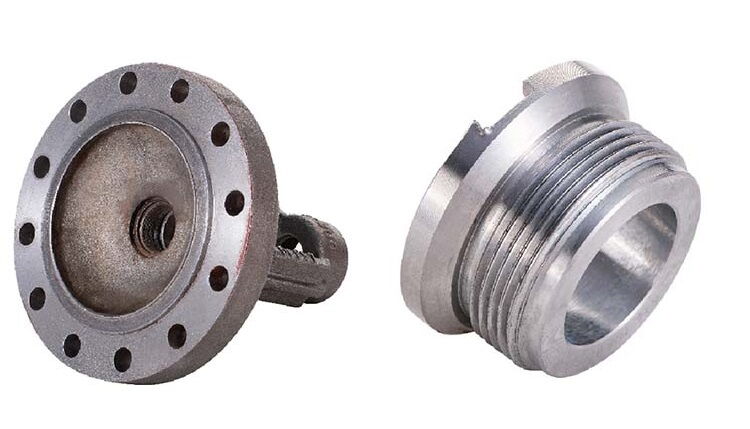
The force needed to open, close, and position a valve is provided by actuators. Actuators with quarter turns, multi turns, and linear actuators are common varieties. Linear actuators are used to drive gates, globes, or diaphragms up and down by applying thrust along the axis of the stem. These are frequently hydraulic or pneumatic pistons. Ball, plug, and butterfly valves can be opened or closed by quarter-turn actuators, which spin 90 degrees. Common quarter-turn actuators include pneumatic cylinders, electric motors, and manual lever arms. Gearing is used by multi-turn actuators to enable repeated 360-degree rotations. These control valves automate the exact positioning of gate and globe controls. The high output torque of a manual handwheel or small electric motor is another advantage of gearing. When choosing valve actuators, take into account the necessary torque, speed, automation, available space, and hazardous area rating. Particularly for 100% cutoff, the actuator output needs to match the torque requirements of the valve.
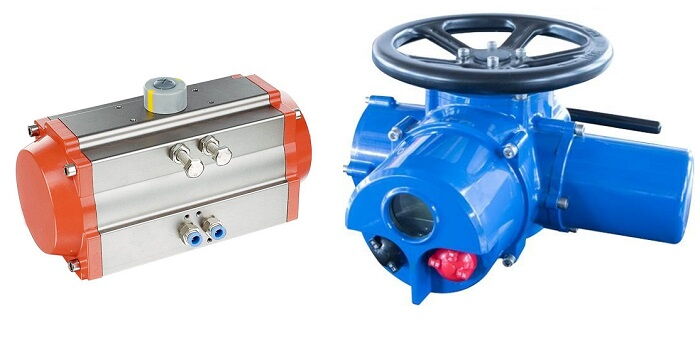 Numerous parts make up a valve, and the material selection is contingent upon the intended use. Metal seats, bonnets, and steam-rated packing are suitable for the high temperature and prevent oxidation in steam systems. Stainless steel and other materials that remain ductile at freezing temperatures are needed for the body, trim, and seals in cryogenic applications. Highly corrosive fluids require trim and bodies made of stainless steel or alloy, as well as gaskets sealed against corrosion. Components enabling smooth stem movement and flow characterisation are crucial for controlling control valves. This comprises high resolution actuators, low-friction packings, characterized trims, and changed trim geometry. Although the components need to be modified to safely manage the operating circumstances, the concepts remain the same. Assuring that all valve parts are appropriate for the service is possible by working with an experienced supplier.
Numerous parts make up a valve, and the material selection is contingent upon the intended use. Metal seats, bonnets, and steam-rated packing are suitable for the high temperature and prevent oxidation in steam systems. Stainless steel and other materials that remain ductile at freezing temperatures are needed for the body, trim, and seals in cryogenic applications. Highly corrosive fluids require trim and bodies made of stainless steel or alloy, as well as gaskets sealed against corrosion. Components enabling smooth stem movement and flow characterisation are crucial for controlling control valves. This comprises high resolution actuators, low-friction packings, characterized trims, and changed trim geometry. Although the components need to be modified to safely manage the operating circumstances, the concepts remain the same. Assuring that all valve parts are appropriate for the service is possible by working with an experienced supplier.
Carefully weighing the intended valve type, performance requirements, and service conditions is necessary when choosing valve components. The following factors should be taken into account while selecting valve parts:
Make that the weld joint design and valve-body ends on welding end valves match the materials and piping system. Metal-seated ball valves with appropriately matched stem threads, an outer screw, and side loading-preventing yokes may be necessary for flow media requiring tight shutdown. Robust valve bonnets, substantial stem packing within the stuffing box, and robust yoke bushings are necessary for high pressure applications.
For relief valves to provide precise pressure control, exact trim parts and trim designs are needed. Characterized balls and seats are needed for ball valves utilized for throttling tasks in order to regulate flow. The internal components of ball and plug valves that are sealed and have high-quality bearings determine how they rotate.
For leak prevention and smooth operation, control valves depend on valve bonnets, gaskets, stem packings, and other components. Durable materials are essential since the downstream side covers and top of the yoke of a swing-check valve receive the most wear.
Selecting control valves also entails matching the output and actuator style to offer the appropriate motion—linear for globe designs, rotary for 90-degree ball valves, etc. As a result, the valve will close tightly and be positioned correctly.
The choice of compact wafer, lugged, or flanged designs will be determined by factors such as installation, maintenance requirements, and spacing, regardless of the kind of valve. Long service lives are guaranteed for the parts chosen when seasoned suppliers are partnered with and PMI requirements are adhered to.
It is essential for engineers, maintenance personnel, and plant operators to comprehend how the many internal components of valves function together. Several components work together to safely and dependably control fluid flow, including the body, bonnet, trim, stem, seals, and actuators. Performance objectives and service circumstances must guide component selection. Industrial valves can be maintained in optimal operational condition to fulfill their crucial role in fluid management with the correct understanding of component functions and material variances.
